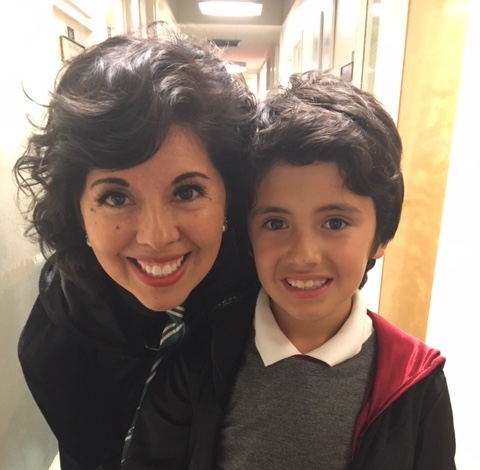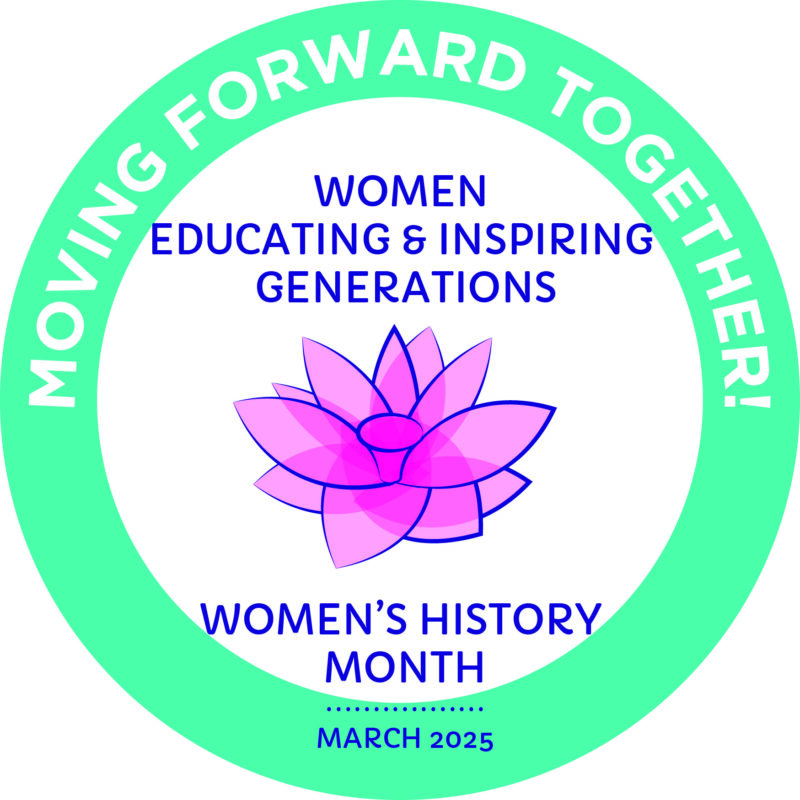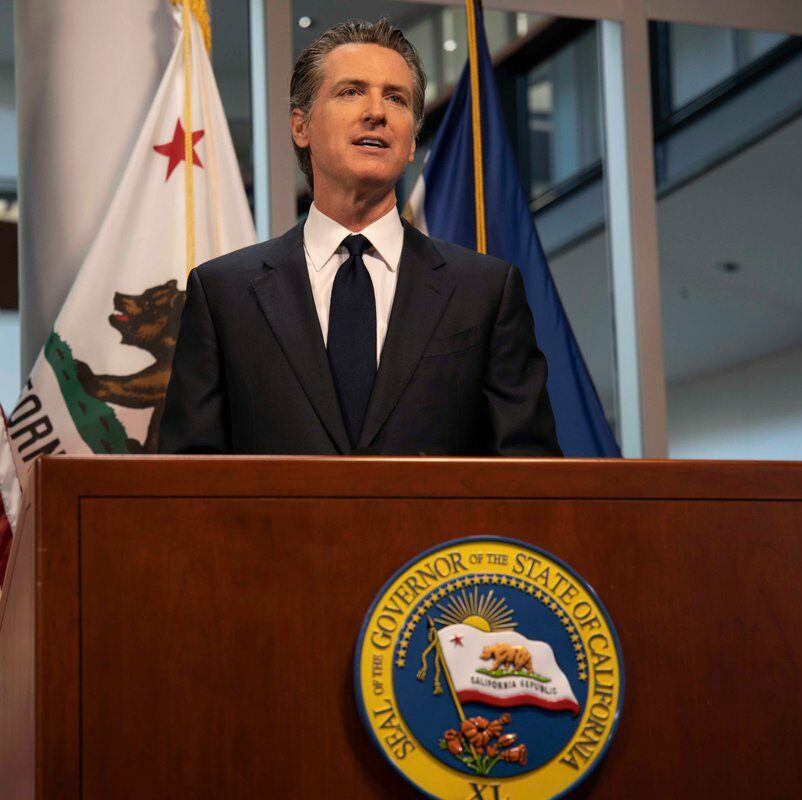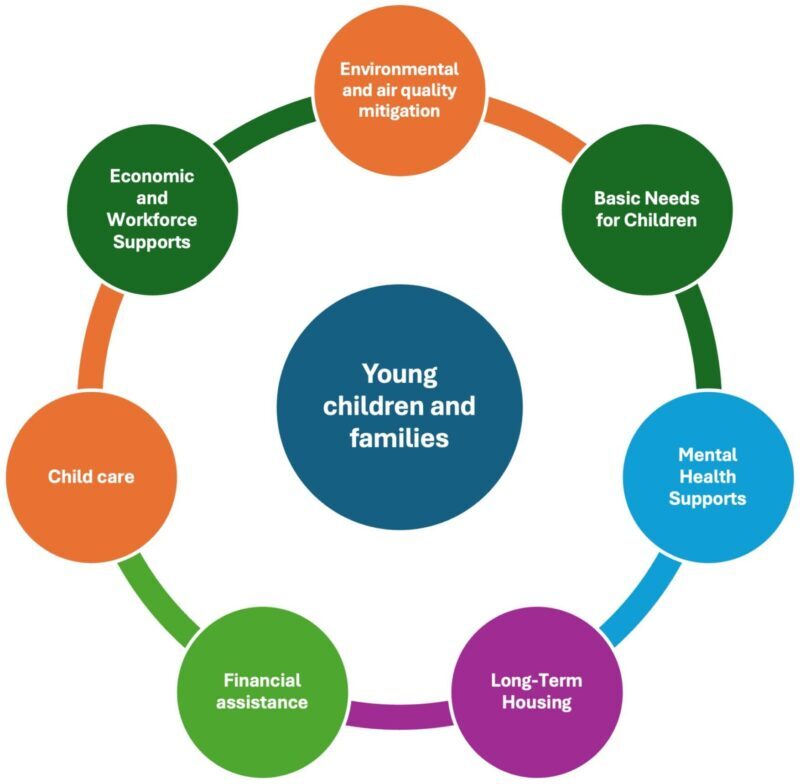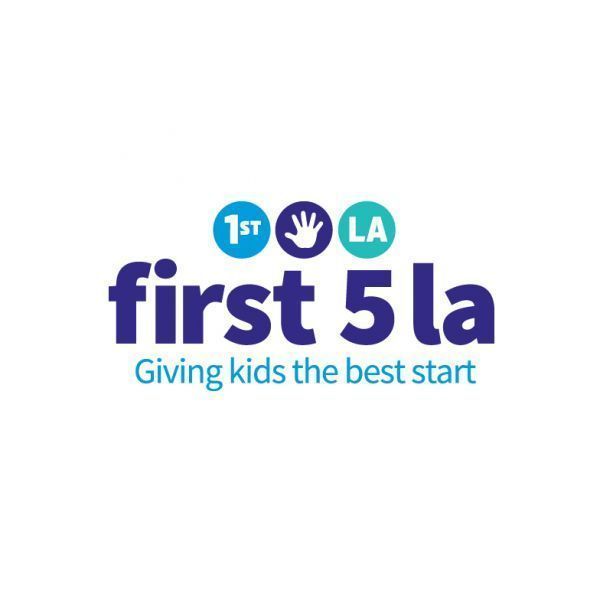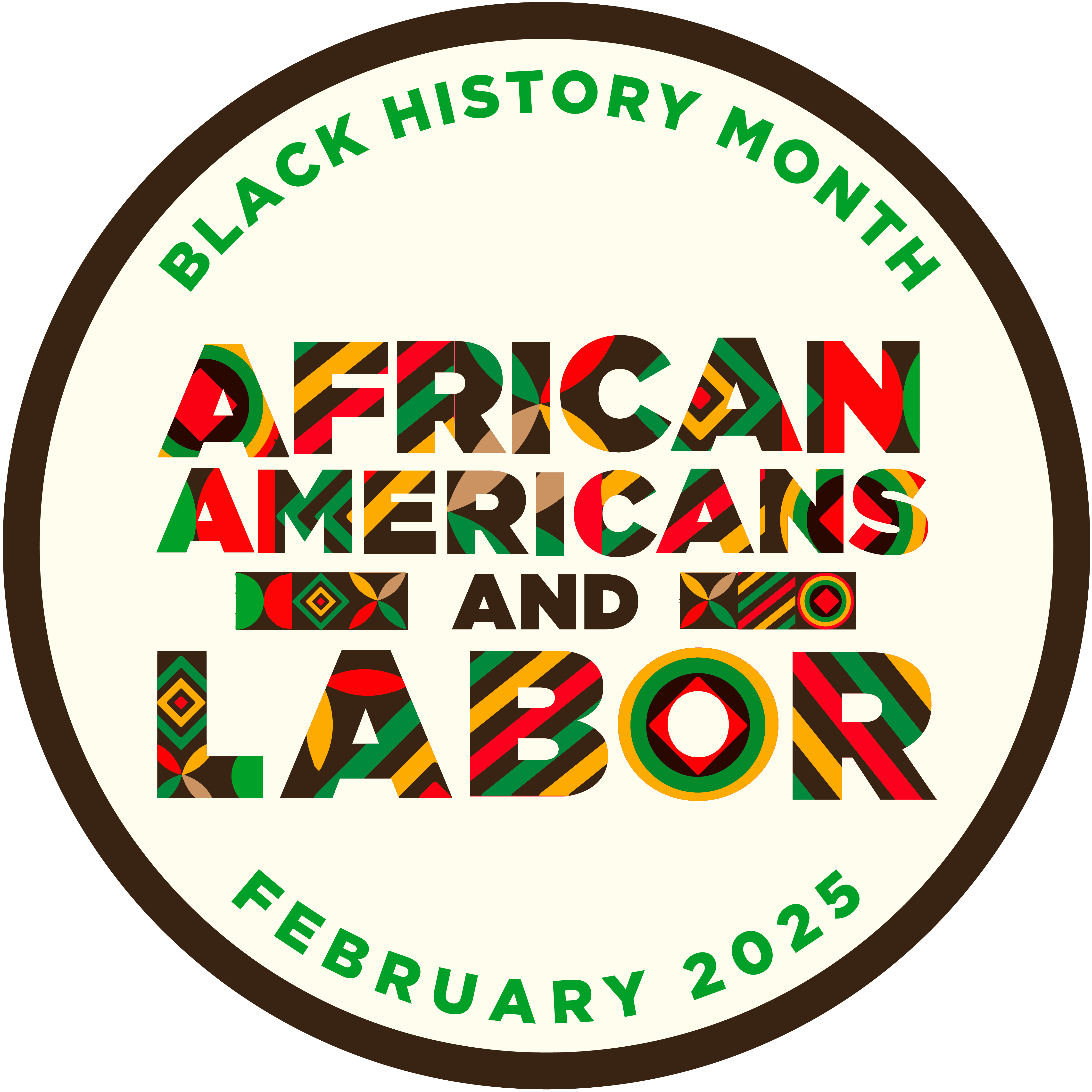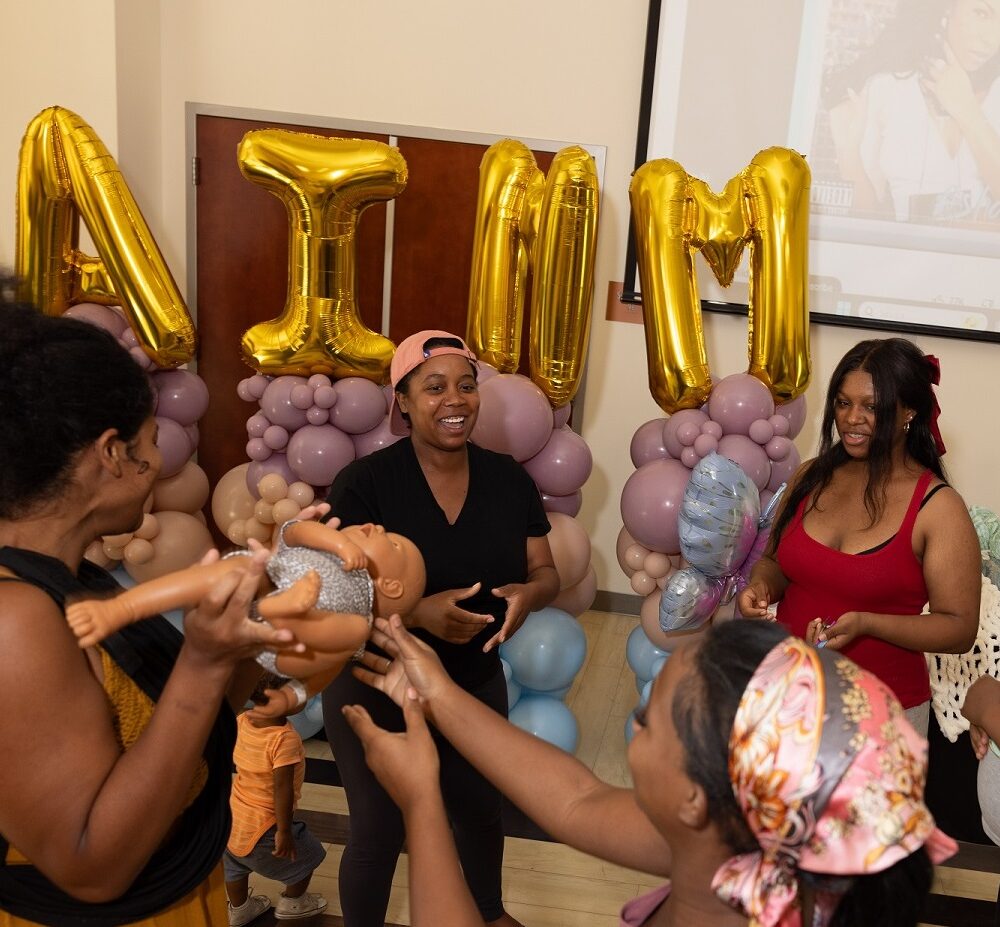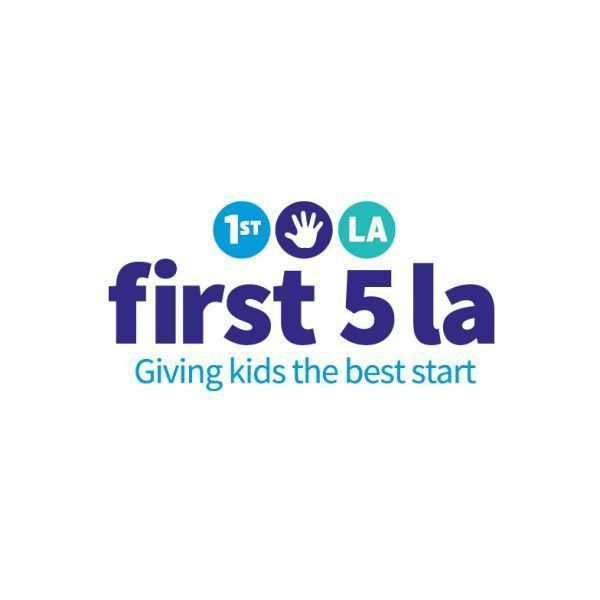What keeps parents up at night in What keeps parents up at night in this age of COVID-19?
For mom Giannina Pérez, it’s thinking about what other parents in California are going through.
As Senior Policy Advisor for Early Childhood for California Gov. Gavin Newsom, Pérez is concerned about the impact of COVID-19 pandemic-related challenges faced by other parents: increased unemployment, financial instability, closed schools, ongoing stress, potential domestic violence and limited access to food and other resources.
“All of those things keep me up at night sometimes,” says Pérez, the mother of a 9-year-old boy and an early childhood policy leader and strategist with nearly 20 years of experience in state policy, advocacy, and government. “What will this mean for families with young kids? How are they going to deal with this?”
A long-time champion of the whole-child approach to early childhood development, Pérez recognizes that these issues do not stand alone. She knows, as well, that only by standing together at the state, federal, philanthropic and community level can solutions be sought, found and implemented.
Pérez took a little time out of her day to talk about how she became a champion for young children, her career highlights and her challenges and hopes in regards to COVID-19.
***
Q. How has COVID-19 changed your life personally? Are you working from home?
A. I am working from home and trying to home-school my 9-year-old son. (Laughs) I’m trying to “do it all” but not quite succeeding.
Q. What’s your biggest challenge in working from home?
A. The biggest challenge and also part of the job is the additional amount of work that has come in. There’s not a stoppage between the work and home life right now because of the demands. My kiddo is like, ‘You’re working all the time. Pay attention to me and put your phone down.’ But there’s a lot going on in the state and we’re trying to be as responsive as we can. Trying to hear what’s going on in local communities. So, there’s a lot more work. It bleeds into the home life. That’s just how it is right now.
Q. Do you have any tips for other parents?
A. Try and give yourself the benefit of the doubt. Just try to go easy on yourself and, of course, as easy as you can on your family and your child. It’s a tough time to adjust to so many changes. We’re all doing the best we can and it can be a challenge.
Q. How does it feel to be working as part of Gov. Newsom’s Cabinet right now?
A. I feel very proud to work for Gov. Newsom. In the early childhood space and in so many ways, he’s been a true leader. He has taken so many actions to support all Californians’ health and safety that I feel very, very proud to be able to contribute in some small way to his larger efforts.
Q. I appreciate you sharing what you are going through as a result of COVID-19. We’ll get back to COVID-19 a little later. Growing up, who was your champion for children?
A. My grandmother, Carmela.
Q. How did she motivate you to want to help children?
A. My grandmother was raised by her mom in Peru and they had very meager income coming into the household, which meant it was a struggle to keep going to school. Yet she loved books and eventually became a high school teacher in Peru. She was the first person I saw who was passionate about always learning.
When she came to visit me and my family in Vacaville to help my mom take care of me and my little sister after she was born, she showed me the importance of early brain development.
She would take my baby sister in the backyard and talk to her in a way I had never heard someone talk to a baby. She would engage with her, describe everything that was happening — the trees, the flowers, the sky, the birds chirping — and act like my sister was responding. She would put my sister’s hand on the tree bark. She did it all in Spanish. As an 8-year-old, I was puzzled. My sister was only a month or two months old. It just stayed with me. I didn’t understand why my grandmother was doing all that. Obviously, now I do.
Q. Did you have any other life experiences that inspired you to become a public servant and advocate on behalf of children?
A. Coming from an immigrant family and seeing how my parents sacrificed so that me and my sisters had many more opportunities. Being the only Latina in my classroom most of the time also very much stuck with me. Like, ‘Hmm. Why aren’t more kids who look like me here?’ I think that was one of the moments in my life that sparked the thought that everyone needs to have access. All children deserve to have the best start in life. And right now, that’s not the case.
Q. You have an incredible amount of experience championing policy issues affecting children during your tenures with Early Edge California and Children Now. From those experiences, what policies or initiatives are you most proud of?
A. I think I am proud of my time at Children Now when, initially, my scope of work was preschool for 4-year-olds. After learning more about research and early brain development and talking to parents, I saw that one year of preschool is very important, but it’s not enough. I’m proud of having the ability to help broaden our scope. I’m very proud that we embraced what Gov. Newsom now calls “the whole-child” approach. We really were trying to look at all the different components that set a child up for success.
The home visiting piece was also something I got very excited about because at the time I had just had my son. I had no idea how hard it was for moms to have a new baby, to struggle with “Am I doing this right? I don’t know what to do. I don’t feel the way the movies say I should feel.” I really wanted to expand our work into home visiting. I was one of the advocates that helped start the conversation for pushing for home visiting at the state level, and luckily then the federal government came down with the MIECHV monies. For the past few years the state has been doing a lot of work in this space. In Governor Newsom’s first budget, state monies for the first time were invested in our California Department of Public Health home visiting programs. We’re now seeing the multigenerational impacts and benefits that voluntary home visiting has. This happened because of a lot of work of so many advocates and the Legislature.
Q. How did your time working in the child advocacy sector and state legislature prepare you for working with a diverse set of stakeholders in your first year as the Senior Policy Advisor for Early Childhood?
A. I feel fortunate to have had the opportunity to work in the state Legislature for two very strong female legislators (State Senator Hilda Solis and Assemblymember Cindy Montañez) on issues related to women and children. I had that opportunity to be a legislative staffer and see what it’s like to try and move a bill through the process. And to then have the ability to be an advocate and push the insiders to think bigger, to be bolder, to do the things perhaps many of them would like to see but it’s harder when you have to understand how the overall picture of the state budget fits together.
Having both experiences of being on the inside and the outside gives you the ability to have some understanding of where stakeholders are coming from, to appreciate the urgency that stakeholders and advocates have, that children can’t wait and we need to do more. But also working in the Legislature I know these conversations take time. I had a glimpse of the financial constraints working as a legislative staff person. What the economic picture is. We might have a great idea, but If the funding is not there, there’s only so much that the state can do.
So now I try to see all those different perspectives. And with this extraordinary time we live in with the pandemic, it’s trying to balance all of these different push and pulls in how the state is going to move forward. How do we make sure families first and foremost have the resources they need to take care of their little ones?
There are so many moving pieces to try and be on top of. Before, as an advocate, I could stay focused. Here’s my piece and push on it and develop some expertise in issue areas. Whereas in this role, I also have to take into account all the other issue areas that bump into how the state can run. I very much respect the advocate’s role and the Legislature’s role and how we can form a mutually respectful and engaged partnership.
Q. In 2019, Governor Newsom implemented robust early childhood development (ECD) budget investments for children in California. What challenges do you foresee in moving forward his early childhood priorities in light of the COVID-19 crisis?
A. The financial uncertainty is real. I think where I do have the hope is just how the locals have stepped up. How First 5, the R&Rs, the county office of education, the schools, after schools, the Boys and Girls clubs, the YMCAs and others in collaboration with their local government officials have stepped up and said, “The state has a role, but we also have a role.”
The governor called for this multi-sector perspective when he pushed forward the master plan for early learning and care. The state has an important role in moving the needle for kids and families, but we also need to discuss the federal government’s role, what is the local role, what is the role of philanthropy and the business community? How do we each play a part in moving the needle for kids and families?
Q. And this crisis had illustrated that ability for others to step up?
A. Absolutely. Trying to keep an ear to the ground at the state level is a challenge. How do I make sure what we’re doing is working for kids and families? Because we live in such a wonderfully diverse geographically large state, it’s not going to be the same wherever you are. How do we make sure the folks in the Central Valley or up north are getting what they need, which may look very different from the urban areas? It’s the locals that are still plugged in. There’s also been a data lag. We don’t have an early childhood data system in our state yet. So it really does depend on local information and the information that’s at the Dept. of Education and the Dept. of Social Services. As far as having a way to gauge how we’re doing overall, at the state level we’re still trying to piece that together. With our new federal preschool grant and the Master Plan, that is one of our focus areas. Behind data are stories of real people and what their situations are like.
Q. Given the events over the past weeks and conversations about racial equity, parents who are people of color have shared that they talk with their children as early as three years old about race to help them cope with what they may encounter outside the home. What are your suggestions for parents on how to approach this important issue?
A. I don’t feel equipped to offer suggestions because I’m also struggling with this issue. I’ve been giving bits and pieces of the talk to my son for the past few years and now I’m trying to talk to him about the power of young people coming together to demand racial and economic justice. The research from healthychildren.org has been illuminating to me — that racial preference and bias can develop in the early years, even infancy. I’m glad more white parents also see the need to talk about race with their children. Organizations like the First 5 Network can help raise these important issues with all parents of young children and make sure we keep these equity conversations going until we see change.
